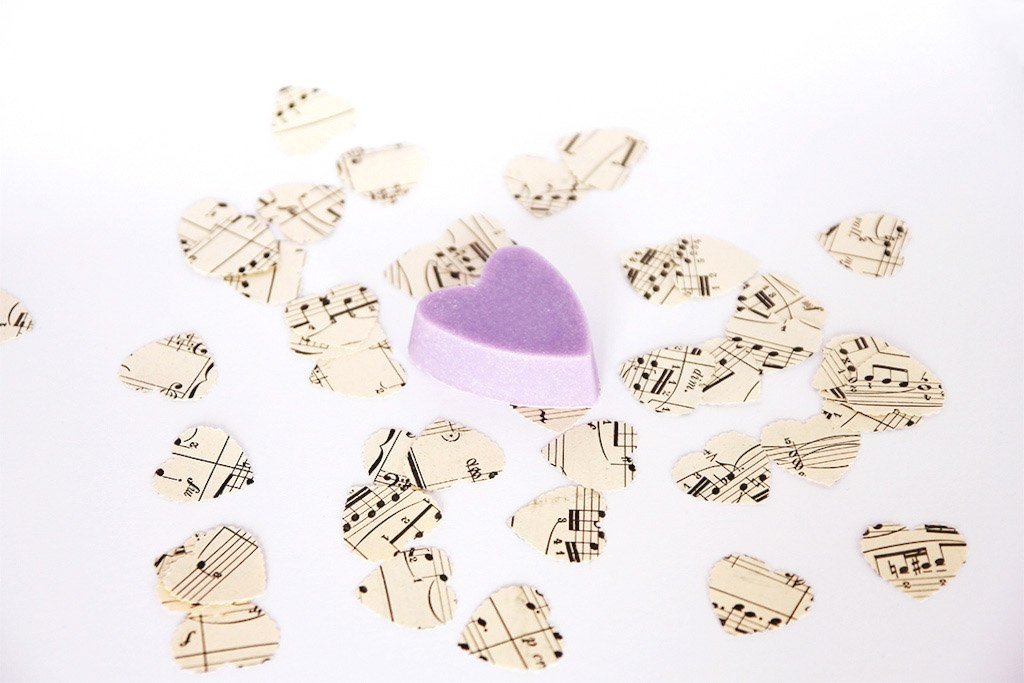Five Natural Colours for Soap Making
One of the many things that I love about making soap is the abundance of natural colours that are available. And the beauty of the natural colour choice is that we already have many of them stashed away in our kitchen cupboards.
Adding a bit of ‘sugar and spice and all things nice’ can transform an ordinarily plain soap bar into a beautiful cleanser.
Natural colours produce a very subtle colour and these are my five favourite natural colours to use in soap making.
Alkanet is a herb in the borage family and its roots are known for being used as a natural dye. You will need to infuse the roots in oil before use. Add a heaped tablespoon or two of alkanet to 200ml of olive oil. You can use an old jam jar and leave it on a sunny window for a few days. You will notice that the oil will turn a deep red but when you add it to soap it will produce a lilac, grey, purple colour.
Cacao powder is produced from finely ground cacao beans. It creates a beautiful rich brown soap and can be mildly exfoliating.
Rose clay is commonly used in natural masks to cleanse and purify the skin. In soap it produces a very pretty pink colour. You will need to blend the clay with water to make a smooth paste before adding to your main soap mixture.
Spirulina is a natural algae powder that is very high in protein and is popular for use in smoothies. It has a high vitamin and mineral content and when applied to the skin it is known to have moisturising and tightening properties. Spirulina creates a beautiful deep green soap.
Turmeric has many beneficial skincare properties including anti-inflammatory, antiseptic and anti-bacterial. You can read more about the amazing benefits of using turmeric in your skincare routine in my previous blog here. In soap making turmeric produces a golden colour as well as adding its valuable properties to your soap.
My recommended usage for the powder and clay additives is two heaped teaspoons for making 500g of soap.
The best way to add the powder colours to your soap is to blend them with some oil first or use some soap batter to make sure it’s nice and even and then you can add back in to your main soap mix. This will produce a more even result and avoid lumps in your bars.
Next time you are planning to make soap don’t forget to take a peek in your kitchen cupboards to check if you have any lovely natural colours to create some pretty bars for your bathroom!


